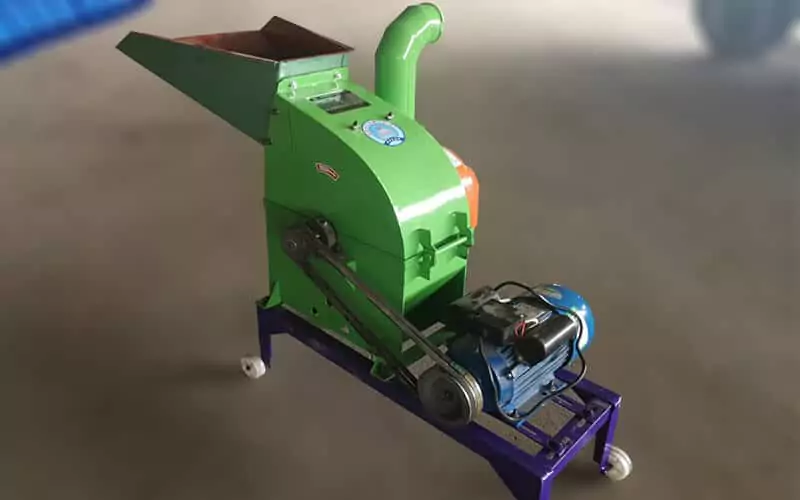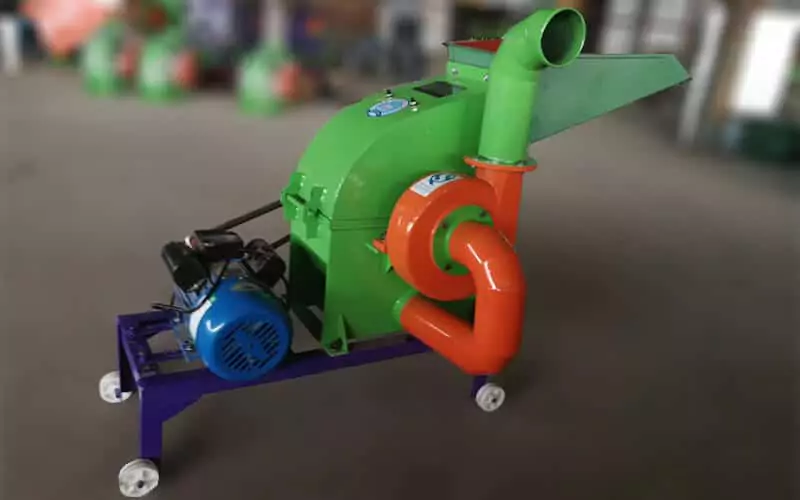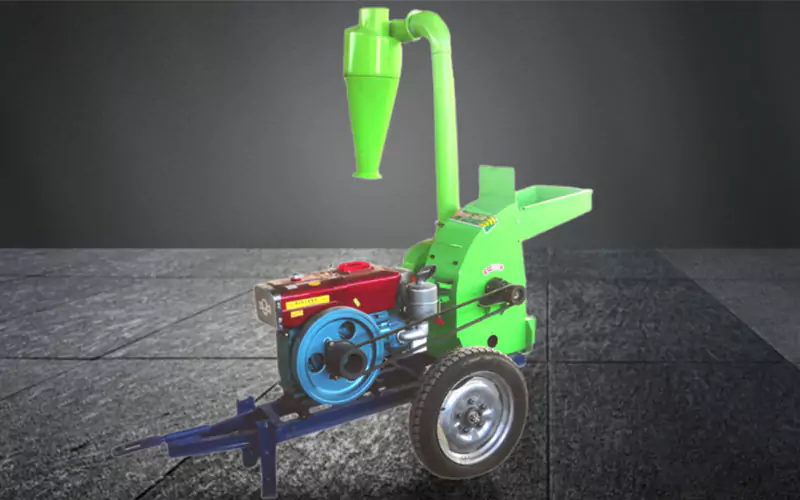
| Price | 800-15000 USD |
| Delivery Time | 10-15 days |
| Available | In Stock |
| Package | In Free Fumigation Wood Box |
| Guarantee | 1 Year |
| Shipping | By Sea or By Air |
| Payment Method | Wire Transfer or Western Union |
| Brand | Victor |
Product Overview
| Production Output | 0.1-5 t/h |
| Power | Electric motor or diesel engine |
| Voltage | 110-415V |
| Raw Materials | Cereal, corn, wheat, barley, soybean, straw, hay, alfalfa, grass, etc |
| Type | hammer mill type |
| Final product size | 0.4-10 mm |
| Application | crushing raw materials into fine powder |
| Used For | fish feed, animal feed, poultry feed |
specification of Fish Feed Crusher machine
electric power type
| Model | Electric Power(kw) | Output(kg/h) | Weight(kg) |
| VTFQ-320 | 3 | 100-300 | 50 |
| VTFQ-360 | 5.5 | 400-600 | 110 |
| VTFQ-400 | 7.5 | 700-900 | 160 |
| VTFQ-420 | 11 | 900-1200 | 180 |
| VTFQ-500 | 15 | 1200-1500 | 210 |
| VTFQ-600 | 22 | 1500-2000 | 500 |
| VTFQ-700 | 30 | 2000-3000 | 700 |
| VTFQ-800 | 37 | 3000-5000 | 1000 |
| VTFQ-900 | 45 | 5000-7000 | 1700 |
| VTFQ-1000 | 55 | 8000-100000 | 2400 |
diesel engine power type
| Model | Diesel Engine Power(HP) | Output(kg/h) | Weight(kg) |
| VTFQ-320 | 4 | 100-300 | 50 |
| VTFQ-360 | 7 | 400-600 | 110 |
| VTFQ-400 | 10 | 700-900 | 160 |
| VTFQ-420 | 15 | 900-1200 | 180 |
| VTFQ-500 | 20 | 1200-1500 | 210 |
| VTFQ-600 | 30 | 1500-2000 | 500 |
| VTFQ-800 | 40-50 | 3000-5000 | 750 |
Introduction
When it comes to feeding your fish, size matters a lot. You can have the most nutritious feed in the world, but if your fish can’t fit it in their mouths, it’s just expensive pond pollution. This is where a fish feed crusher machine becomes essential for getting the particle size just right for your fish.
But here’s something important every fish farmer should know: the term “crusher” can mean two very different machines in fish farming. This guide will explain both – the grinder and the crumbler – so you know exactly what you need for your operation to succeed.
What is a Fish Feed Crusher?
To make the right choice, you first need to understand the two main types of machines that are sometimes called “crushers.”
Machine Type 1: The Grinder (or Pulverizer)
A fish feed grinder job is to crush raw ingredients. It takes things like corn, soybean meal, or wheat and turns them into a fine powder. This is done before you make the ingredients into pellets. This is a key first step in producing your own feed from scratch.
Machine Type 2: The Crumbler (or Pellet Crusher)
A crumbler’s job is to take finished pellets that have already been made and carefully break them down into smaller pieces. These smaller pieces are called “crumbles.” This is done to make feed for very young or small fish.
Which One Do You Really Need?
The choice is simple once you know the difference. If you are making your own feed from raw grains and other ingredients, you need a grinder. If you already have feed pellets but they are too big for your small fish, you need a crumbler.
Working video
The Grinder: The First Step to Quality Fish Feed
A fish feed grinder is the starting point for making fish feed with good quality from scratch.
Why You Need to Grind Raw Ingredients
- For Better Mixing: A fine, uniform powder allows all your different fish feed ingredients, especially tiny but important vitamins and minerals, to be mixed together evenly with a fish feed mixer.
- For Improved Digestion: Fish, especially young fish with small digestive systems, can digest smaller particles much more easily. This means they get more nutrition from the food you give them.
- For Stronger Pellets: A consistent powder helps create stronger, more water-stable pellets in the next stage of production (whether you are using a pellet mill or an extruder).
Common Types of Grinders for Fish Feed
- Hammer Mill: This is the workhorse for grinding most dry grains and other ingredients effectively and efficiently.
- Ultra-Fine Pulverizer: This is a specialized grinder. It can create the very fine powder that is often needed for making feed for shrimp larvae or the very earliest stages of fish fry.
The Crumbler: Making Big Pellets Small for Baby Fish
A crumbler solves a common problem on fish farms with fish of different ages.
Why You Need to Crumble Your Pellets
You can’t feed a tiny baby fish (a fry or fingerling) a giant pellet that was made for an adult fish. A crumbler takes your standard-sized pellets and perfectly breaks them down into bite-sized pieces. This makes them the right size for your smallest, most vulnerable fish to eat easily.
This also offers a big cost-saving benefit. It allows you to produce large batches of one standard size of pellet in your pellet mill. Then, you can simply crumble some of it for your different age groups. This can be cheaper and more efficient than stopping your whole production line just to change the pellet dies frequently.
How a Good Crumbler Works
A good crumbler works with precision. It uses special grooved or corrugated rollers to gently crack the pellets, not smash them into dust. You can adjust the gap between these rollers. This allows you to control the size of the final crumble, making it perfect for different sizes of young fish.
How to Choose the Right Machine for Your Farm: A Practical Checklist
Use this simple checklist to pick the right fish feed crusher machine for your farm.
First, Decide: Do You Need a Grinder or a Crumbler?
Be clear on your goal. Are you making feed from scratch (you need a grinder) or resizing existing pellets (you need a crumbler)?
For Grinders: Key Factors to Check
- Target Fineness (Screen Mesh Size): How fine does your powder need to be? Remember that feed for fish fry needs a much finer powder. This requires a grinder that can use a screen with a higher mesh number (more, smaller holes).
- Production Capacity (kg/hr): How much material do you need to grind per hour to keep up with your feed production needs?
- Ingredient Type: Can the grinder you’re looking at handle oily ingredients like fish meal or tough grains without clogging easily?
For Crumblers: Key Factors to Check
- Adjustability: Can you easily and precisely adjust the gap between the rollers? This is key for making different sizes of crumbles as your fry grow.
- Low “Fines” Rate: Does the machine create a lot of useless dust (which are called “fines”) when it breaks the pellets? A good crumbler will make uniform crumbles with very little dust.
- Capacity (kg/hr): Match its capacity to the output of your pellet machine so you can process pellets efficiently.
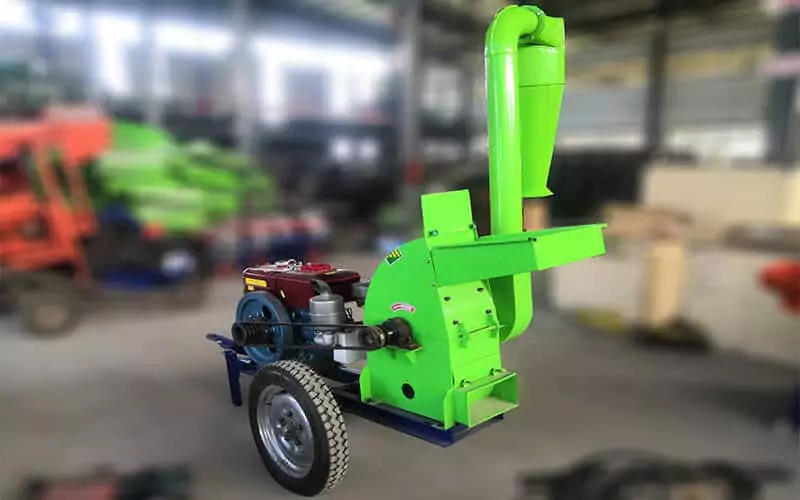
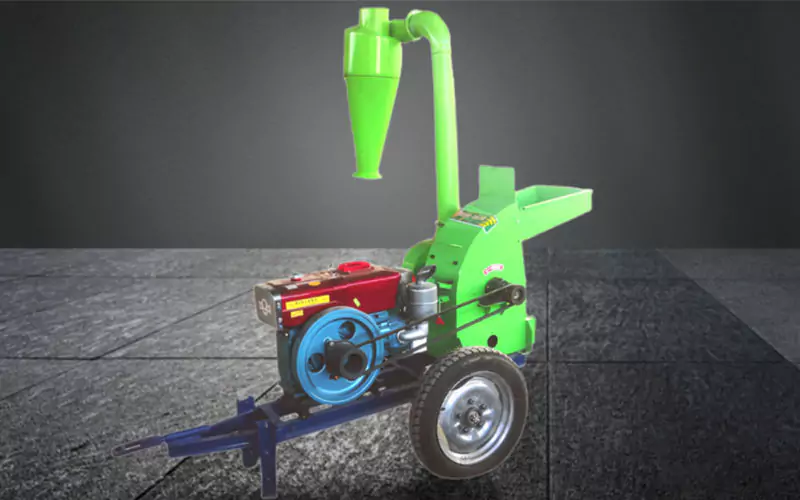
Insider Tips for Success
Here is some practical advice that comes from experience:
For Grinding:
“Here’s a tip that will save your fish feed crusher machine from a lot of damage: Always run your raw ingredients over a simple screen or magnet before they go into the grinder. One small stone or piece of metal can instantly ruin an expensive screen or damage the internal hammers.”
For Crumbling:
“The secret to good crumbles is starting with high-quality, hard pellets. If your pellets are soft, poorly made, or have too much moisture, they will just turn into dust when you try to crumble them. You can’t make good crumbles from bad pellets.”
Sift After You Crumble:
“For best results, especially when you are feeding sensitive fry, it’s a good practice to sift the crumbles through a screen after they come out of the crumbler. This removes any remaining fine dust, which can cloud your water and harm the gills of small fish.”
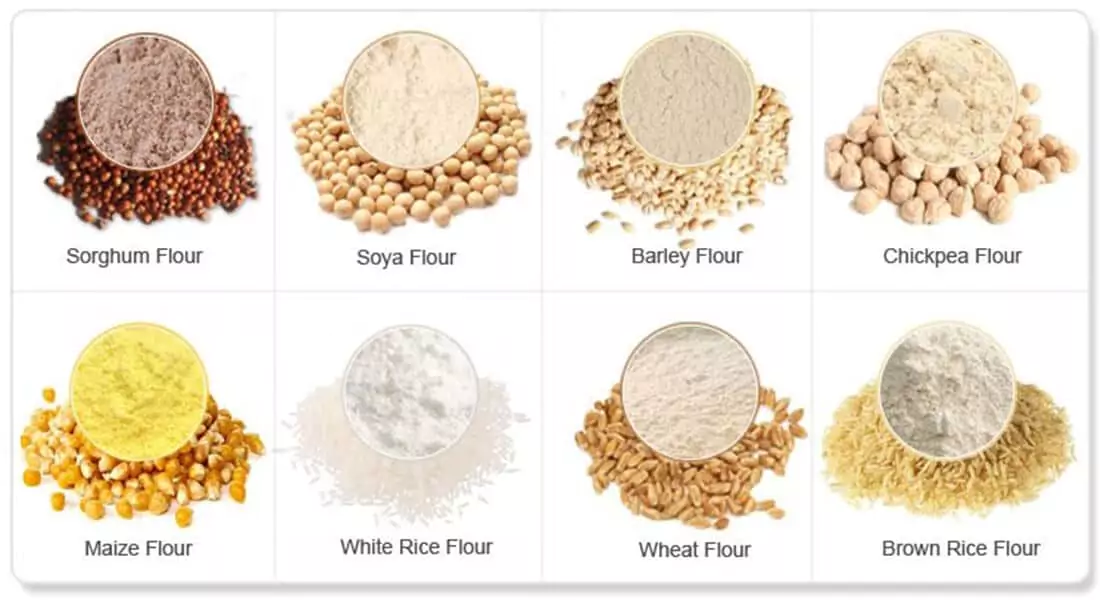
Price: Cost and Value
When you buy a fish feed crusher machine, the price matters most. But don’t just only choose the cheapest machine. Think about you should get good value that can help your fish farming for years. Here’s what affects the price:
Factors Influencing Price
Machine Quality
the crusher machine is made from stronger like stainless steel, so it may cost more upfront but last longer.
Size and Capacity
large machines can produce more food faster but also cost more money. you should choose what is suitable for your aquaculture farming.
Technology Features
advanced technology machines like smart buttons, screens, or power-saving modes make the price go up.
Brand and Trusted Manufacturer
famouse brands and trust manufacturer can cost more but it can also work better.
Warranty and Service
easy repairing should be the first but also can save money later on fixing costs.
2025 Fish Feed Crusher Machine Price Ranges
| Capacity | Price Range | Best For | Hourly Output | Power Consumption |
|---|---|---|---|---|
| Small (<1T/hr) | USD 3,000 – 8,000 | Home farms/R&D | 200-800kg | 5-8 kw/h |
| Medium (1-5T/hr) | USD 12k – 35k | Small/medium farming | 1-5 tons | 15-25 kw/h |
| Large (>5T/hr) | USD 50,000+ | Industrial production | 10+ tons | 50-80 kw/h |
5-Year Cost Comparison
| Cost Factor | Low-Quality Machine ($8k) | High-Quality Machine ($35k) | Savings |
|---|---|---|---|
| Initial Cost | USD 8,000 ✅ | USD 35,000 ❌ | — |
| Yearly Energy | USD 4,200 | USD 2,800 | 33% ↓ ✅ |
| Repairs (5 yrs) | USD 9,500 | USD 1,200 | 87% ↓ ✅ |
| Downtime Losses | USD 18,000 | USD 3,000 | 83% ↓ ✅ |
| Total Cost | USD 39,700 | USD 42,000 | Apparent Loss |
| Yearly Net Savings (After 3 yrs) | — | USD 3,150/yr ✅ | Recurring Profit ✅ |
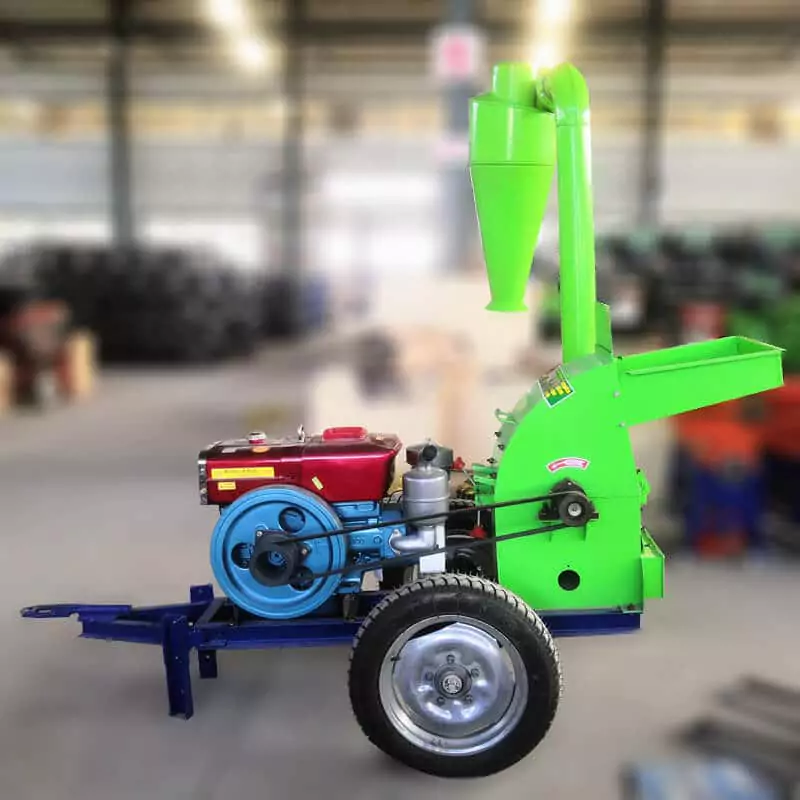
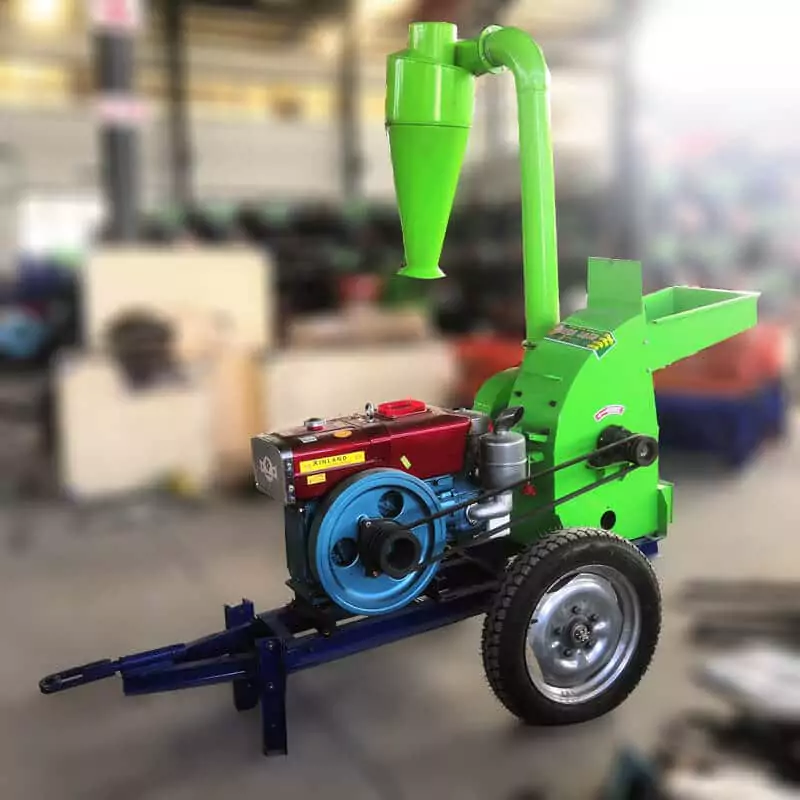
FAQ
1. What particle size is generally best for making fish feed?
This depends entirely on the size of the fish’s mouth. For the earliest life stage (larvae or fry), you often need an extremely fine powder (less than 0.5mm, made with a high mesh number screen) to create what are called micro-pellets. For growing fish (growers), larger particles that result in pellets of 2-4mm in diameter are common. You should always match the final pellet size to the fish you are feeding.
2. Can I use one machine to both grind ingredients and crumble pellets?
Generally, no. They are two different machines that are designed for different jobs. A grinder uses hammers or other methods to smash and pulverize raw ingredients into a powder. A crumbler uses precision rollers to gently crack or break existing pellets into smaller pieces without creating too much dust.
3. What’s the difference between a fish feed crusher and a pulverizer?
The terms are often used interchangeably when people are talking about grinding raw ingredients. However, the term “pulverizer” usually implies a machine that is specifically designed to create an even finer powder than a standard grinder or hammer mill. You would typically need a pulverizer if you are making feed for the very earliest life stages of fish or for shrimp larvae.
4. Do I need a crumbler if I already have different sized dies for my pellet mill?
Not necessarily, but a crumbler offers great flexibility and can improve your efficiency. It can often be cheaper and much faster to produce large batches of one standard pellet size (for example, 3mm) and then use a crumbler to break it down into smaller sizes as you need them for your younger fish. This can be better than stopping your entire production line to clean it out and change the pellet die frequently.
5. Why is there so much dust when I try to crumble my fish feed pellets?
This usually means the original pellets were too soft. This could be because they had too much moisture when they were made, or they were not cooled and hardened properly. Good, hard, dry pellets will crack and crumble cleanly with very little dust. Soft pellets, on the other hand, will tend to smash and disintegrate into powder when you try to crumble them.
